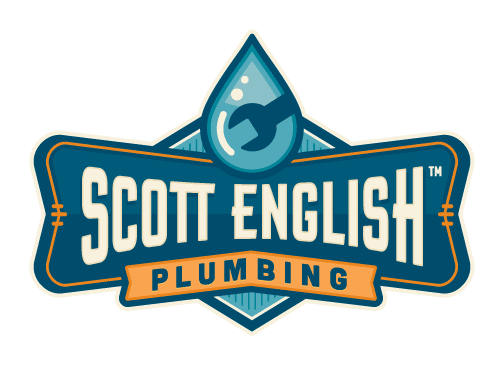Plumbing Can Be Accessible for All
Plumbing needs to be accessible to everyone, no matter their age, impairments, or other conditions. The Americans with Disabilities Act (ADA) is a law that requires buildings to be accessible for people with physical disabilities.
When it comes to plumbing fixtures, the challenge comes with choosing fixtures that everyone can use. Fortunately, manufacturers are working on creating products that do just that.
What the community is working on
One thing that the community that works with accessibility is doing is called mainstreaming.
The mainstreaming community is striving to ensure that everything in public facilities is accessible to everyone, regardless of their abilities or disabilities.
Their ultimate goal is not single out people with disabilities so that everyone is treated exactly the same.
The accessibility advocates are also working with universal design.
This idea encourages designers to create products that can be used universally without needing to use other objects to make them accessible. These two terms, universal design and mainstreaming, are used in product design as well as education and healthcare to remove barriers that prevent everyone from functioning with equality in the world today.
When it comes to plumbing, mainstreaming and universal design is done with the design of fixtures used in the kitchen and bath.
Designers need to figure out how to work with people who stand as well as people who use wheelchairs. This means that manufacturers need to work with clearances for knees and toes under different types of fixtures. They also need to figure out how to make the faucet handles accessible for people who might not be able to reach a typical faucet. They also need to figure out how to make faucets work with a small amount of force or with no force at all.
Showers and countertop sinks need to be accessible to people in wheelchairs that have a large turning radius. Grab bars also need to be placed in positions that make them useful instead of just randomly placing them to meet code requirements.
Some of the results of universal design and mainstreaming have come in toilet options for homeowners and business owners. Instead of one standard height, toilets can now be purchased in varying heights for comfort and ease of use. The typical toilet is about 15 inches high from the floor to the bowl; the seat adds another two inches in height.
For people who have difficulty transitioning to that toilet height can now buy one at 16 to 17 inches at the rim. This removes the need for a tall toilet seat that shows at homeowner has a disability. Toilets are also available in the same size that is used in elementary schools so children can have an appropriately sized plumbing fixture.
Bathrooms and kitchen can also create slip-and-fall problems for the elderly and for people with disabilities. One of the most dangerous products in the home is the shower. Instead of having slippery floors or forcing the consumer to buy slip resistant add-ons, manufacturers are producing shower stalls and tubs with finishes that are not slippery.
The best part of this innovation is that no one can tell the shower stall or tub has a slip-resistant finish because the fixtures look just like any other.
Obesity is another issue that plumbers and designers need to accommodate.
Whether plumbers are installing fixtures in homes or businesses, it is important that those fixtures can accommodate the weight of heavier people. Wall mounted toilets must withstand 500 pounds of weight and so much the grab bars that are installed next to them.
These fixtures need to not only withstand the heavier weight, but the heavyweight landing quickly on the fixture. In order to keep people safe, toilets are being mounted to the floor to remove the risk of wall-mounted ones falling to the ground and injuring users.
If you have questions about accessible plumbing fixtures, please contact Scott English Plumbing at (714) 987-9801 or 714-987-9801.
